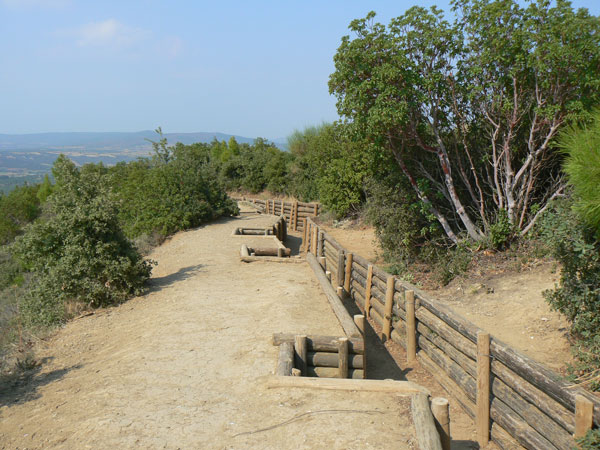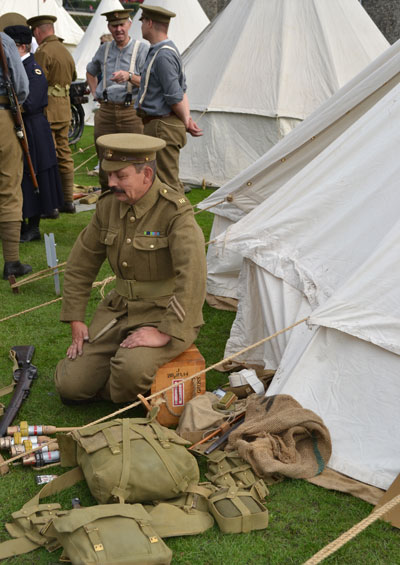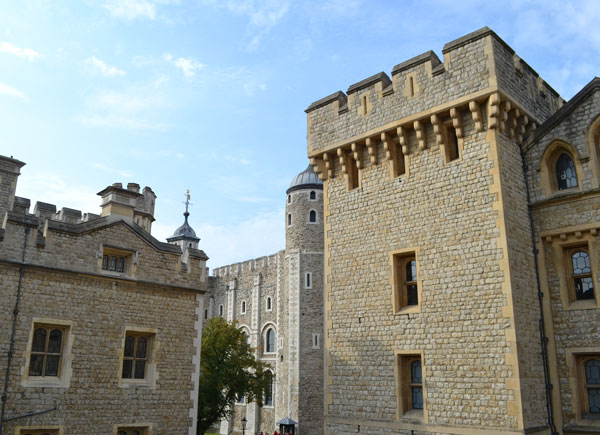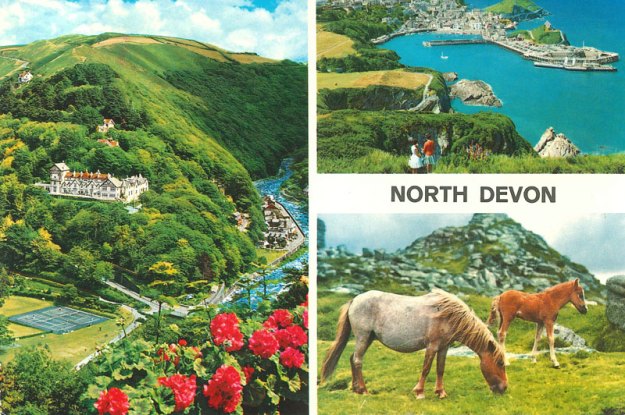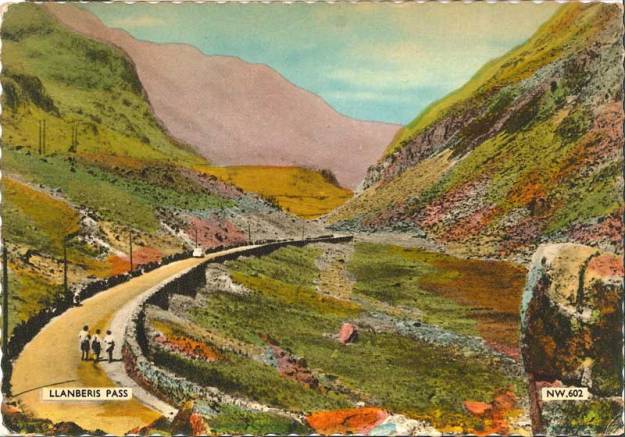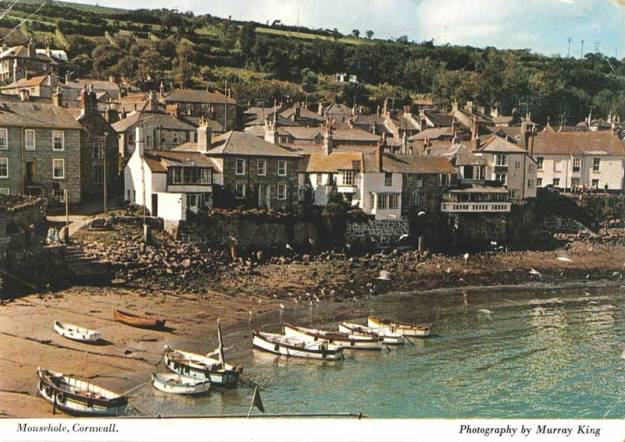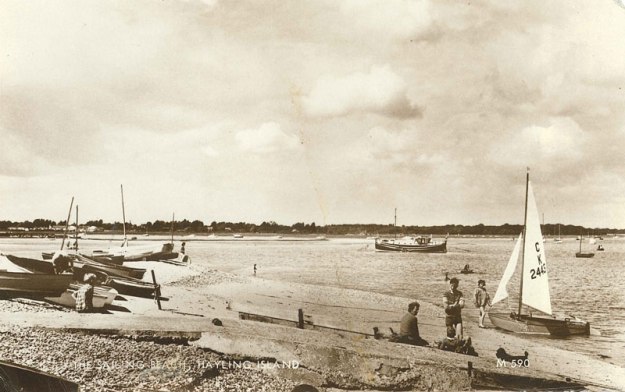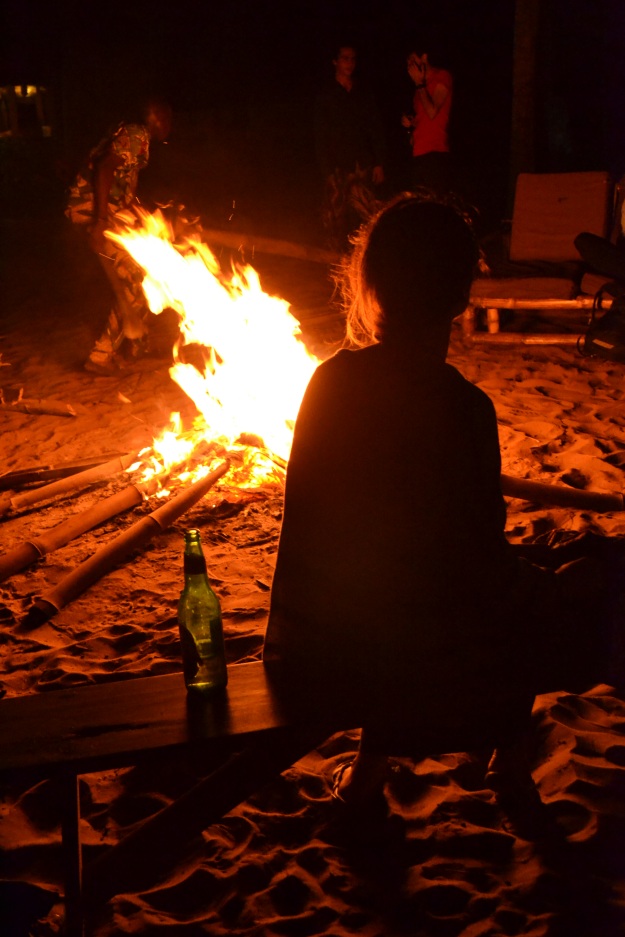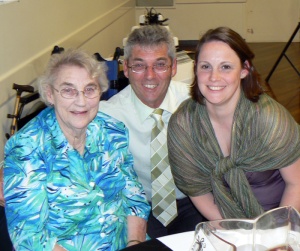I’ve become a bit obsessed with productivity, specifically how it relates to writing fiction. Like many people I work full-time, commute a couple of hours a day, and do a lot of social and sports activities so I’m always trying to work out how to squeeze in the most writing time. Or more specifically, how to stop being distracted when I’m supposed to be writing.
I’ve tried several different techniques over the last couple of years and here are five things I’ve learnt. Many of them seem rather counterintuitive to me.
- I’m often more productive when I have a small period of time to fill, e.g. 20 mins on a train commute, than a whole empty weekend ahead of me. It’s like large blocks of time are too overwhelming. I read an interesting article in Scientific American recently about downtime that says that people can only engage in deliberate activity for an hour at a time and the highest performers rarely practice more than 4 hours a day. Perhaps I’ve been beating myself up unnecessarily about my failure to crank out 10-hour writing days at the weekends.
- Teh interwebs are bad. I use an internet blocking software called Freedom, although I’m often rather reluctant to engage it. Goodbye a few hours…
- Being in a slightly busy place often helps my productivity, e.g. a cafe (with no internet), a busy commuter train squashed up against the door, tapping away on my iPhone etc. There’s something about things being so quiet and lacking distractions that I find very distracting. It’s like I need to fill it with something. That something is usually not writing. There’s even an app you can buy called Coffitivity that plays the low, background chatter of a coffee shop to aid productivity. An American friend was talking recently about renting a log cabin and finally writing that novel. I know that would be about the worst situation for me to actually produce anything.
- Setting goals doesn’t work. I’m gonna write 100 words a day. I’m gonna write 2 hours a day. I’m gonna finish one chapter a week. All fail…. The only exception is Nanowrimo, which is an excellent goal-setting device (primarily because of the community and accountability aspect, I suspect) and one I can’t recommend highly enough.
- Getting up early to write does work. This requires a bit of discipline to overcome the soft, dark siren song of sleep, but more importantly it requires a project you’re genuinely excited to work on that will get you out of bed before you really need to. I’ve never been a natural morning person so I’ve had to work on this (and I still regularly fail), but I’ve definitely found it an extremely productive time to write. It also has a very important secondary benefit. When you start the day writing, your head is still in that space all day and you get much more thinking and little bits of writing done throughout the day. I would make getting up early my top tip.


